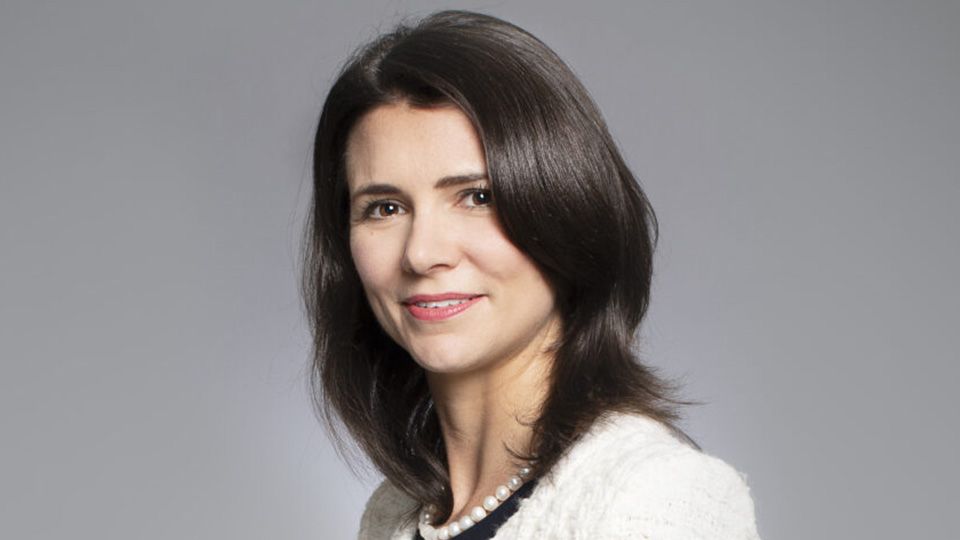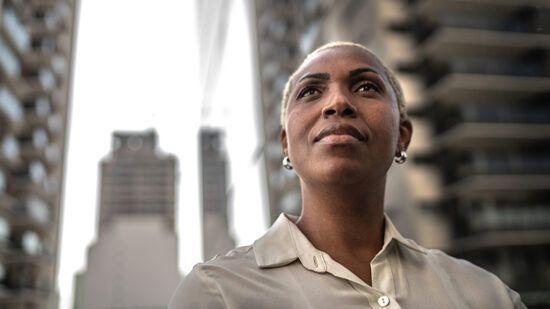In this summer series for ESG Clarity, members of the sustainable investment industry tell us how their thinking on this fast-moving industry has adapted over the years and what changes that has led to.
Here Kristina Church describes the evolution of thinking that led to including carbon emissions in the automotive sector’s valuation and why we must learn from the innovative ideas of the next generation.
What has ESG or sustainable investing changed your mind about over the past couple of years?
Earlier in my career, I led an automotive equity research team and my first major report focused on the regulation of carbon emissions in the automotive sector. At the time, this was not viewed as relevant to the sector’s valuation.
But a decade later, after the diesel emissions scandal at a European car manufacturer, with controversies over sourcing of critical materials for the electric vehicle supply chain and the advent of new electric vehicle manufacturers disrupting the incumbents’ stock valuations, what became clear from my report was that lifecycle vehicle emissions had become a key driver of stock performance in this sector.
Since then, although the automotive sector has significantly evolved, the rise of electrification and alternative transportation modes has disrupted the way many people think about mobility. We have seen a step up in clean renewable energy, a step down in prices of cleaner technologies and a ramp up of electric vehicle production.
As I look across all sustainability trends globally, I can take a fresh look at the vital, cross-cutting role the mobility market plays. With the potential for innovation and new solutions, which are less resource-intensive and hopefully more affordable than the internal combustion engine, how we transport people and goods sits at the heart of any transition to a more inclusive and environmentally sustainable economy.
Beyond electric vehicles, which undoubtedly have a role to play in reducing carbon emissions, there are multiple ways to reduce the carbon footprint of our transport systems. Mobility-as-a-service and the use of micro-mobility solutions, such as electric two/three wheelers and electric pods should support the road to a net-zero, thriving economy. Certainly, progress is being made, but we need to think smartly about how we build sustainable modes of transport and city infrastructure to maximise mobility, while minimising its environmental footprint.
Describe one thing about ESG or sustainable investing you’ve heard recently that has stuck with you or been particularly poignant?
As I think about my children’s future, I’ve been struck by their attention to ongoing changes on our natural world, but at the same time, their optimism that there is so much more that can be done.
What changes have you personally made this year to become more sustainable?
I have encouraged my children to take an interest in sustainability – whether that be through their mode of travel or listening to their views on how sustainability might be brought into aspects of their daily life and support their love of nature and biodiversity. I learn a huge amount from them and am delighted to see how many other young people are so aware of, and so receptive, to learning about and creating solutions for the huge environmental and social challenges we face.
While the first major steps forward in sustainable investing took place a decade or more ago millennials have definitely helped spur more recent growth in this area as the market has matured. We must learn from the innovative thinking of the next generation.








